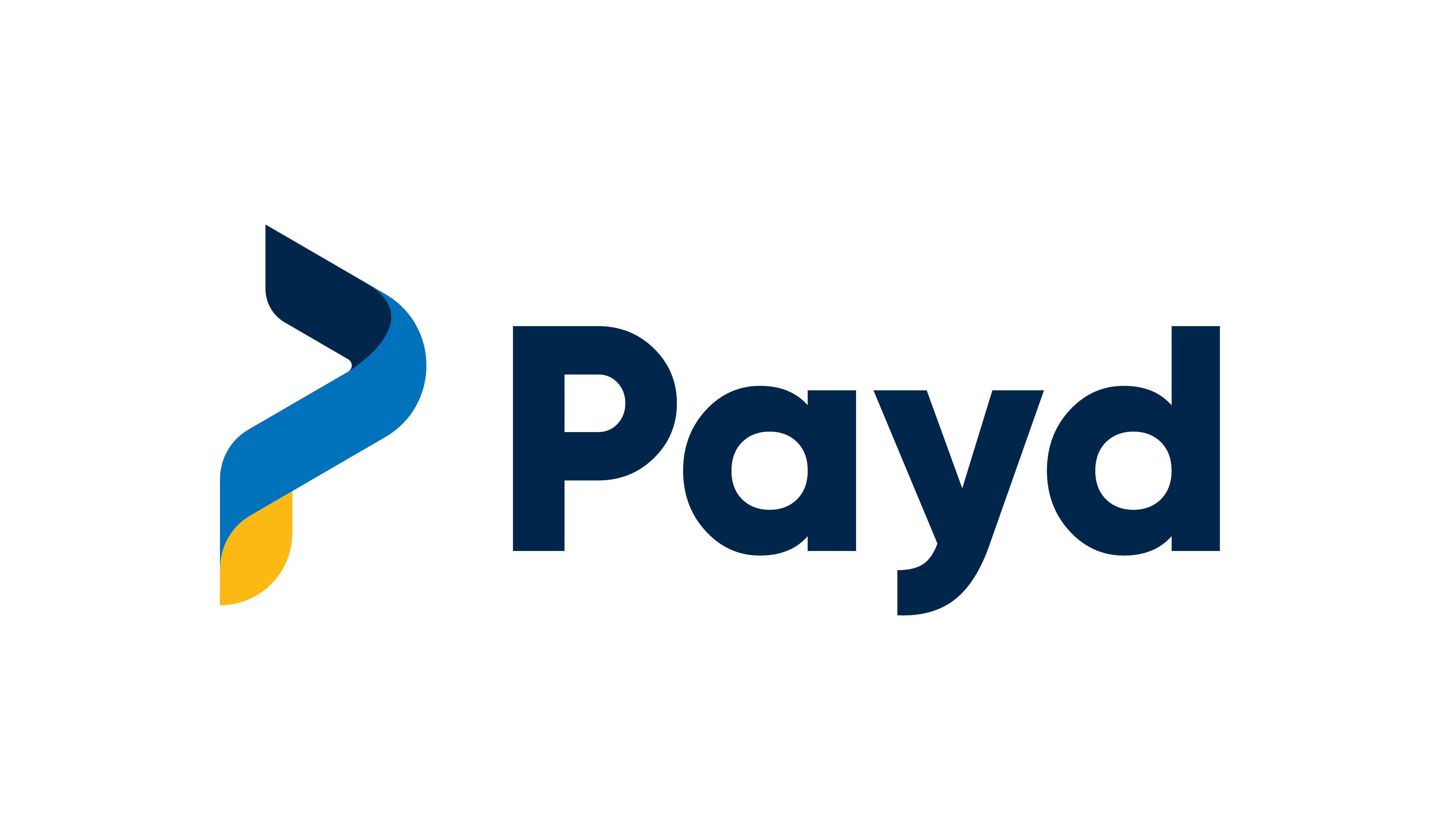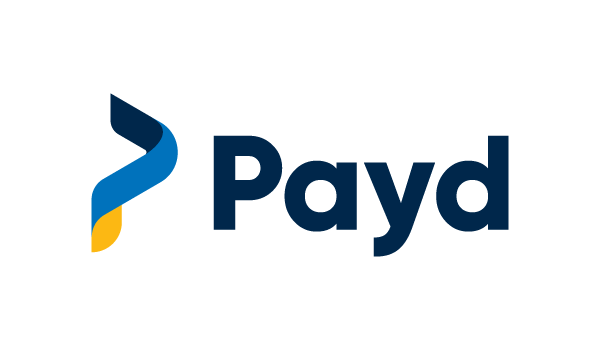Promoting financial wellness is an essential part of improving employee wellbeing and driving business success. However, a one-size-fits-all approach to financial wellness programs may not be effective. Employers need to customise their financial wellness initiatives to meet the unique needs and preferences of different employee groups.
In this post, we’ll explore how employers can tailor their financial wellness programs to different employee groups, such as different generations, job roles, or income levels.
1. Different generations
One way to customise financial wellness programs is to consider the different financial needs and preferences of different generations. You can provide retirement planning workshops or debt management tools that are specifically designed for different age groups. For example, baby boomers may be more interested in retirement planning, while millennials may be more interested in debt management and saving for short-term goals.
2. Different job roles
Another way to customise financial wellness programs is to consider the different financial needs and pressures of different job roles. For example, employees in sales roles may have a different compensation structure than employees in administrative roles. You can provide financial education and resources that are specific to commission-based compensation structures or provide assistance with tax planning for employees in higher income brackets.
3. Different income levels
Income level is another important factor to consider when customising financial wellness programs. You should consider tailoring your financial wellness initiatives by offering different resources and benefits that cater to the needs of different income levels. Employees with lower incomes may face different financial challenges than those with higher incomes. For example, you can provide financial education and resources that focus on budgeting and managing debt for employees with lower incomes, while offering retirement planning and investment resources for employees with higher incomes.
4. Different life stages
Finally, employers can customise financial wellness programs by considering the different life stages of their employees. For example, employees who are just starting their careers may have different financial priorities than those who are nearing retirement. You can provide student loan assistance or financial planning resources for employees who are just starting their careers, while offering retirement planning resources for employees who are nearing retirement.
Customising financial wellness initiatives is crucial for promoting employee wellbeing and driving business success. Employers can tailor their financial wellness programs to different employee groups by considering factors such as different generations, job roles, income levels, and life stages. By providing customised financial resources and benefits, employers can improve employee financial literacy, reduce financial stress, and ultimately improve overall employee wellbeing.











